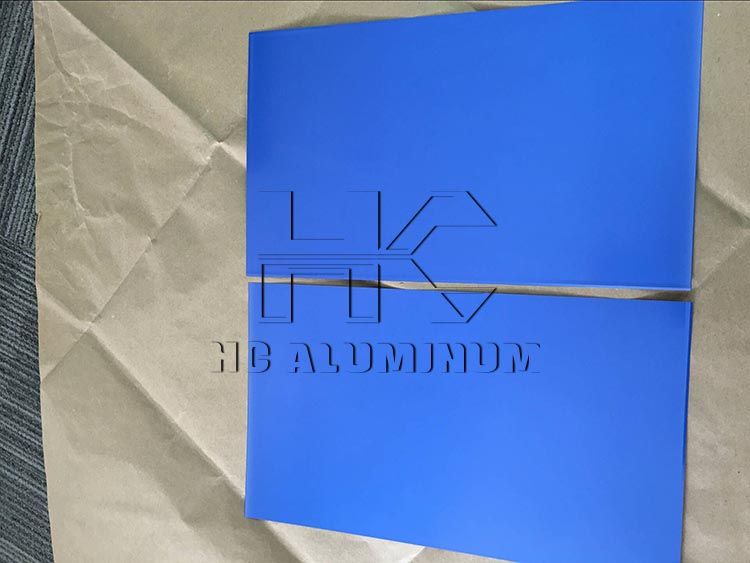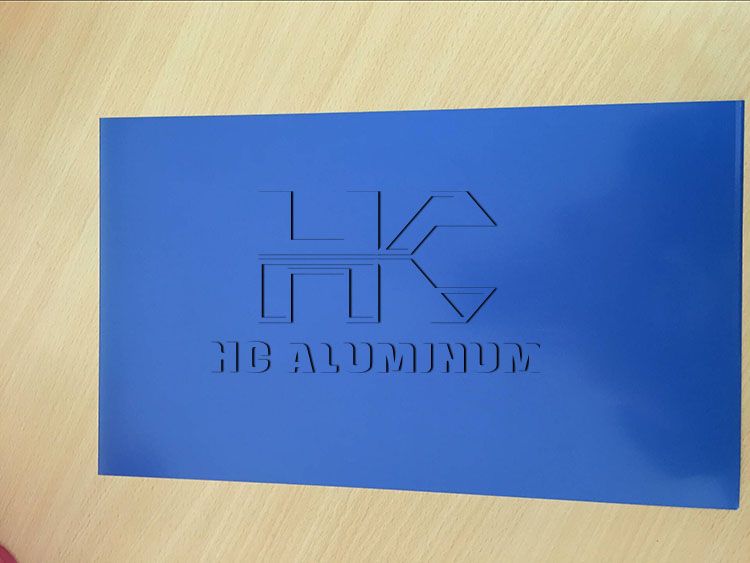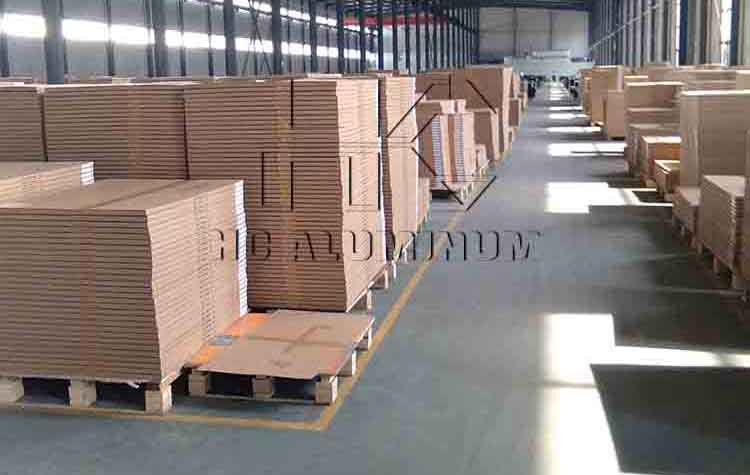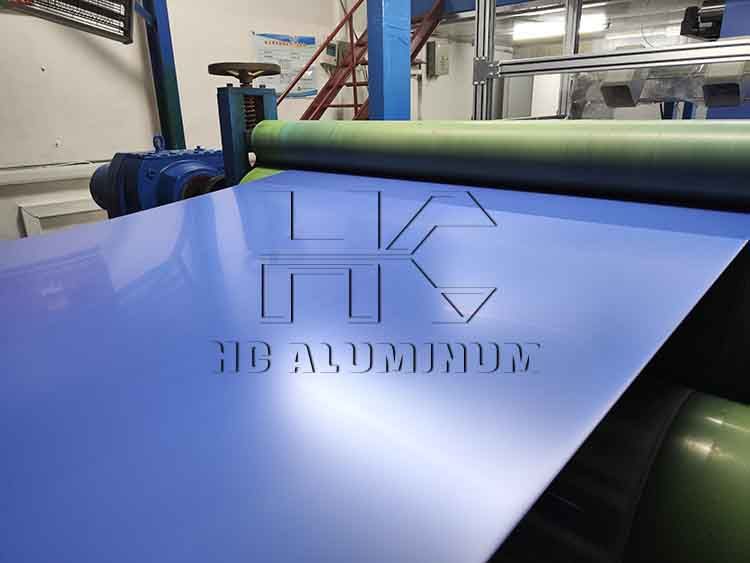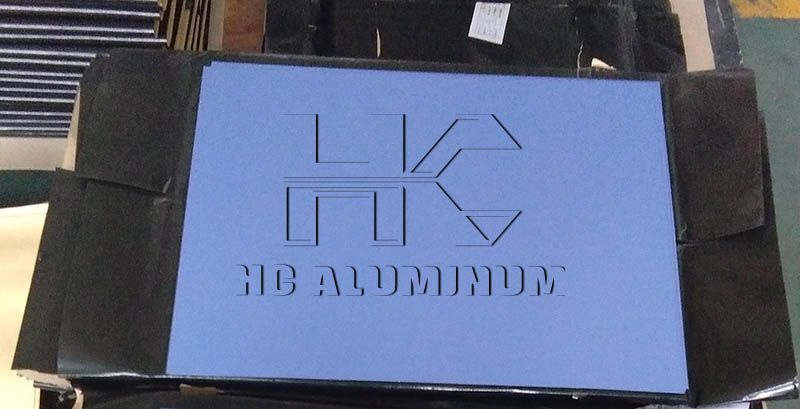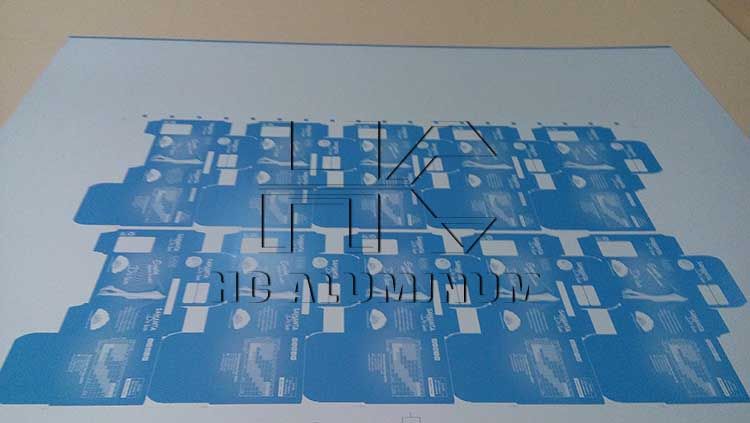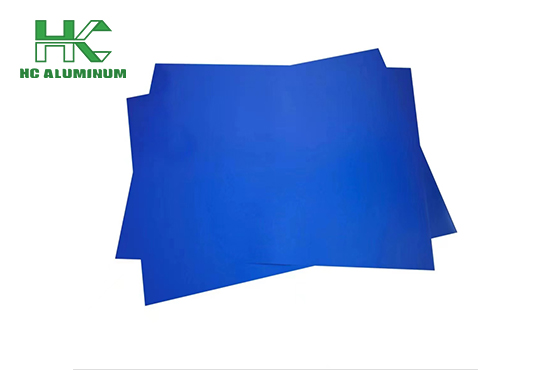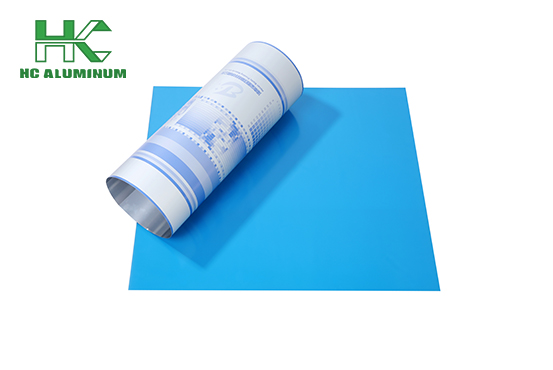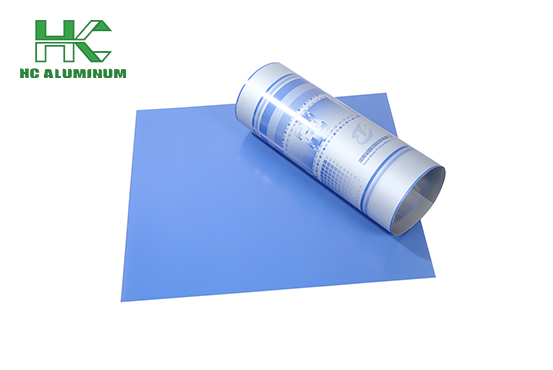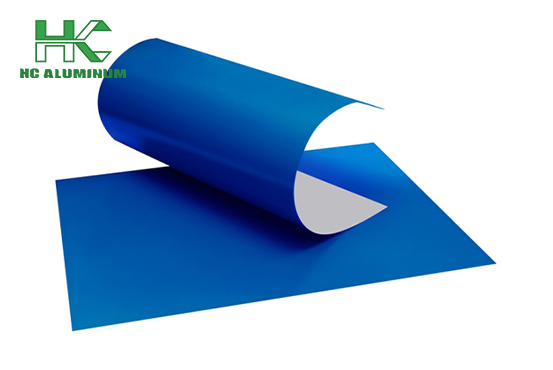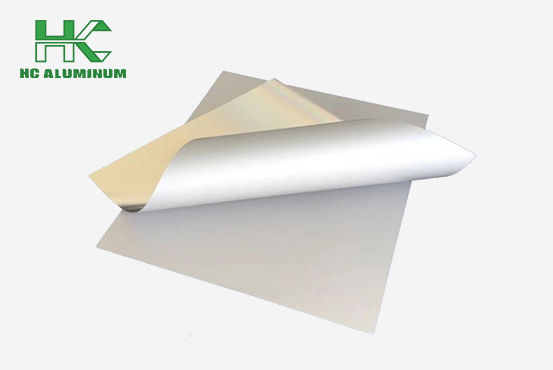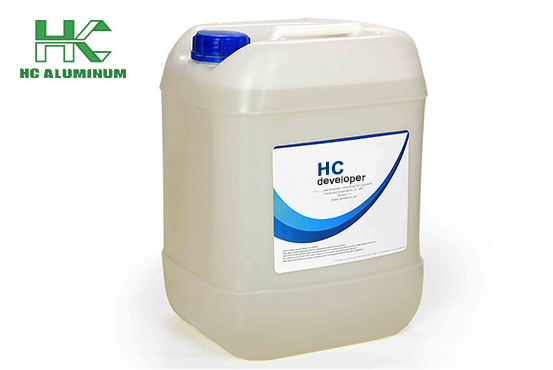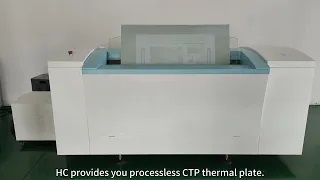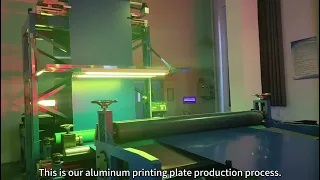Different Types of PS Plates Available in the Market
In the printing industry, PS plate mainly refers to the aluminum PS used for printing, which can also be called "pre-coated photosensitive plate". There are two types of PS plates: positive and negative PS plate.
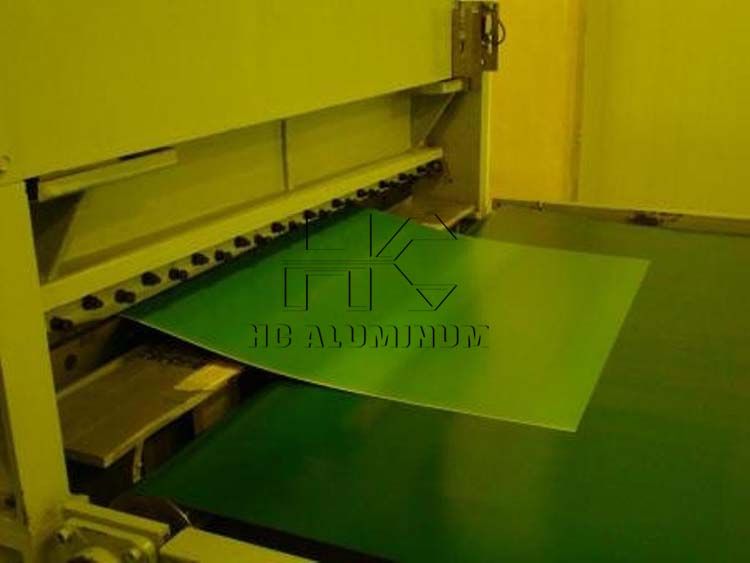
Features of PS plate
1. The PS plate has fine grains and high resolution, and the dots formed are smooth and complete, so the color reproduction is good and the image clarity is high.
2. Diazo photosensitive resin has good wear resistance and acid resistance. Its hardness can be improved after proper treatment. The printing plate's print run rate can reach 100, 000 sheets.
3. The blank part of the PS plate has a high ability to contain water and the balance of water and ink is easy to control.
4. The hydrophilic part of the PS plate is an aluminum oxide film with good hydrophilicity, wear resistance, and chemical stability.
5. The oleophilic part of the PS plate is a good oleophilic and hydrophobic film.
Notes on ink extraction, plate drying, and plate exposure on PS plates
1. Notes on ink extraction
After the PS plate has been treated with ink extraction, the photosensitivity of the photosensitive adhesive layer can be increased, and the image and text parts can be fully protected, so that the ink can be quickly applied during printing and proofing; at the same time, the slow rubbing of the developing ink can play a light-shielding role, and can also prevent the photoreaction of the image and text parts, extend the service life of the printing plate, and ink extraction also helps to improve the printing durability.
2. Precautions for plate baking
After plate baking, the PS plate has good lipophilicity, fast ink extraction and high printing durability. When performing plate baking, first wash and dry the PS plate after fixing, and then bake it on the machine to stabilize the glue layer developed by alkaline solution after heating, and volatilize the residual alkaline solution by heating.
Precautions for environmental and machine maintenance
1. Check the light source and illumination regularly, and check the voltage and power grid, 380V (360~400V).
2. The storage location of PS plates needs to be set at low temperature and away from light, or in a low temperature and dry place, especially away from the sink. When using PS plates, be careful not to bend or scratch them, and be careful not to touch the plate with hands that are stained with oil or developer.
3. The environment of the platemaking room should be clean, especially the platemaking glass, which must be wiped clean before work, and the developer should be cleaned and maintained regularly. Welcome to inquire PS plate price.
What Is Aluminum Offset Printing Plate Thickness
Several Common Printing Plate Materials and Their Characteristics

